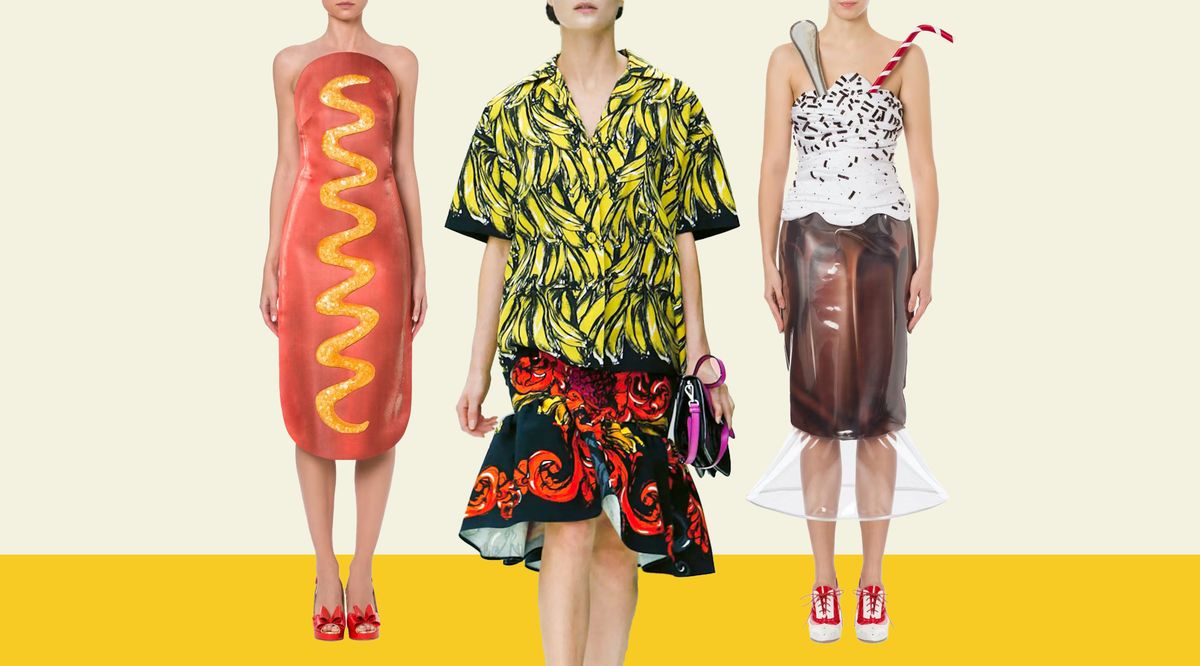From the Kitchen to the Catwalk: How Food Has Influenced Clothing Styles for Centuries

Food has always been an integral part of our lives, not only as a necessity but also as a source of joy and pleasure. Many factors, including our cultural background, personal taste, and the availability of ingredients, shape our culinary preferences. But have you ever considered the relationship between food and clothing? Yes, you read that right – the way we dress and the way we cook are closely intertwined.
Cultural Influences
For centuries, food has influenced clothing styles around the world. Let’s start with a classic example – the traditional Japanese kimono. The kimono is known for its simple yet elegant design, with long, flowing sleeves and a wide sash tied around the waist. But did you know the kimono was designed with food in mind? The loose-fitting style of the kimono allowed for ease of movement, which was essential for the Japanese custom of sitting on the floor while eating. The wide sash was also practical, as it kept the kimono from getting in the way while cooking and eating.
Moving on to another culture, let’s look at the sari, the traditional Indian garment. The sari is a long piece of fabric draped around the body, with a blouse and petticoat worn underneath. The design of the sari is also influenced by food – specifically, the act of cooking over an open fire. The long, flowing fabric of the sari protected the wearer from the heat of the fire while also allowing for easy movement.
In the Western world, food has also had a significant impact on clothing styles. Take, for instance, the apron – a simple yet essential piece of clothing for anyone who loves to cook. The apron was designed as a protective garment meant to shield the wearer’s clothing from splatters and spills while cooking. But over time, the apron has become a fashion statement in its own right, with countless designs and styles available to suit any taste.
Foods Influence on Design
Food has also influenced the colors and patterns used in clothing design. In many cultures, certain foods are associated with specific colors. For example, in Chinese culture, red is often associated with good luck and prosperity and is commonly used in food and clothing. Red is also the color of traditional Chinese wedding dresses, which are often adorned with gold embroidery and intricate designs.
In Indian culture, the color yellow is associated with happiness and fertility and is often used in clothing and decorations for weddings and other celebrations. If you’re looking for a place with great designs, from chef aprons to chef hats, you can find clothing that represents you and the food you cook. Check out Chef K, who specializes in all things culinary fashion.
In addition to color, food has also influenced the patterns used in clothing design. In many cultures, textiles are decorated with images of fruits, vegetables, and other food items. For example, in Mexico, the traditional dress known as the huipil often features colorful embroidery depicting fruits, flowers, and other natural motifs. In African cultures, textiles are often adorned with images of animals, including those that are commonly hunted for food.
Conclusion
It’s clear that food and clothing are intimately connected. From the loose-fitting kimono of Japan to the flowing sari of India, the design of clothing has been influenced by the way we cook and eat. Food has also influenced the colors and patterns used in clothing design, with certain foods being associated with specific colors and motifs. Whether we realize it or not, food has significantly impacted how we dress – and that’s something to savor.





































No comments